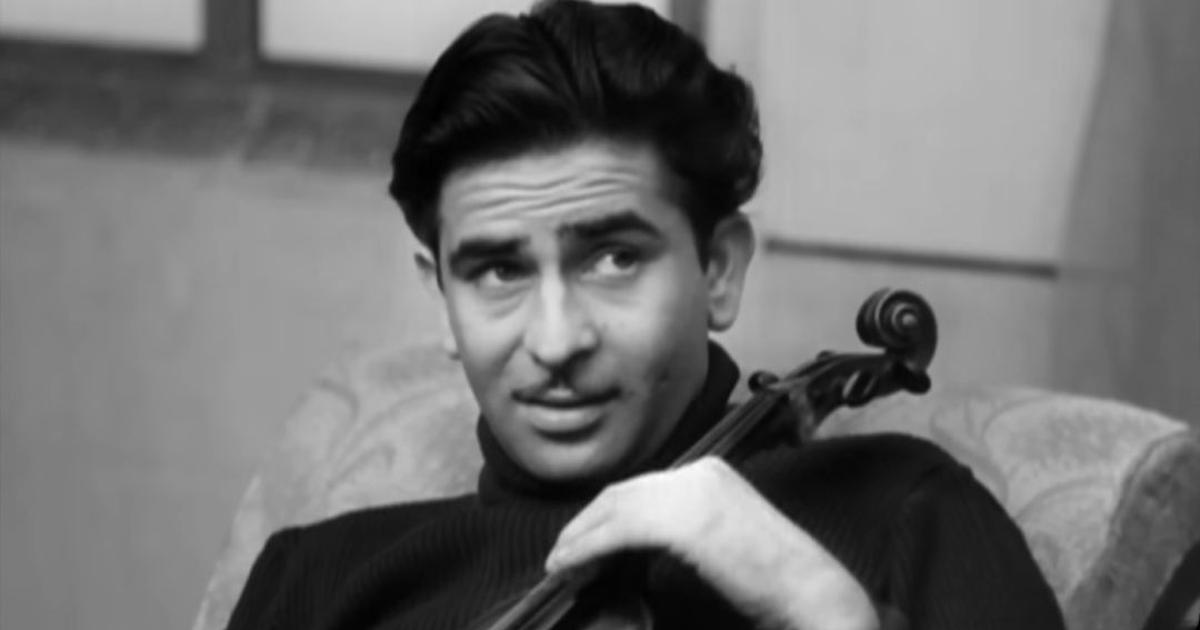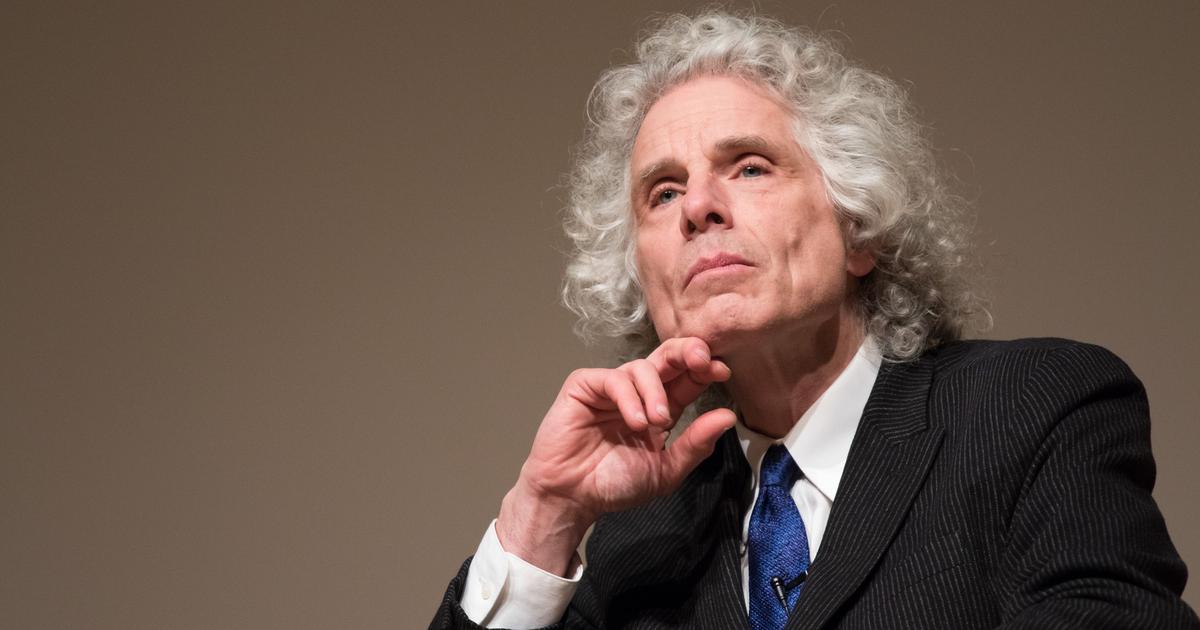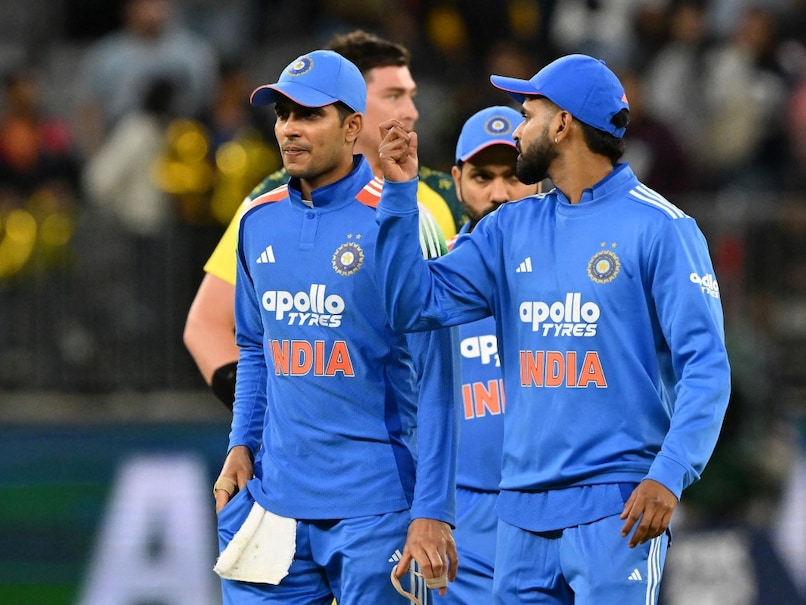The ripples and echoes of the ‘man-woman-balcony-violin’ moment in Raj Kapoor’s ‘Barsaat’

Join our WhatsApp Community to receive travel deals, free stays, and special offers!
- Join Now -
Join our WhatsApp Community to receive travel deals, free stays, and special offers!
- Join Now -

Aag was not particularly commercially successful and what made Raj Kapoor famous was his next production, Barsaat (Rain, 1949). However, it is in Aag that we see experimentation with a visual lexicon that communicates the protagonist’s seething passion.
In many films that Kapoor made after this, the image tends to settle into serving the storyline (either of thwarted or realised passion) and we see less of the deliberate and intuitive play of visual lyricism. Innovative visual lyricism paves way for the plot (in Aag) rather than the other way round in his later films. The displaced proscenium arch, however, recurs in Barsaat, especially in the pillars and frames of the lake-house on stilts that the protagonist rents in idyllic Kashmir.
In Barsaat, Raj Kapoor takes on the persona of Pran, a young man from the city, and his lady love is again played by Nargis – she is the daughter of the caretaker of the house. This structure is a studio space designed to replicate the monumentality and verticality of a theatre set with its two levels, a distinct (watery) foreground, clear entry/exit points for the character as well as constant ascent and descent. The protagonist is often shown playing his beloved violin on the balcony of this house...
Read more
What's Your Reaction?
 Like
0
Like
0
 Dislike
0
Dislike
0
 Love
0
Love
0
 Funny
0
Funny
0
 Angry
0
Angry
0
 Sad
0
Sad
0
 Wow
0
Wow
0























































